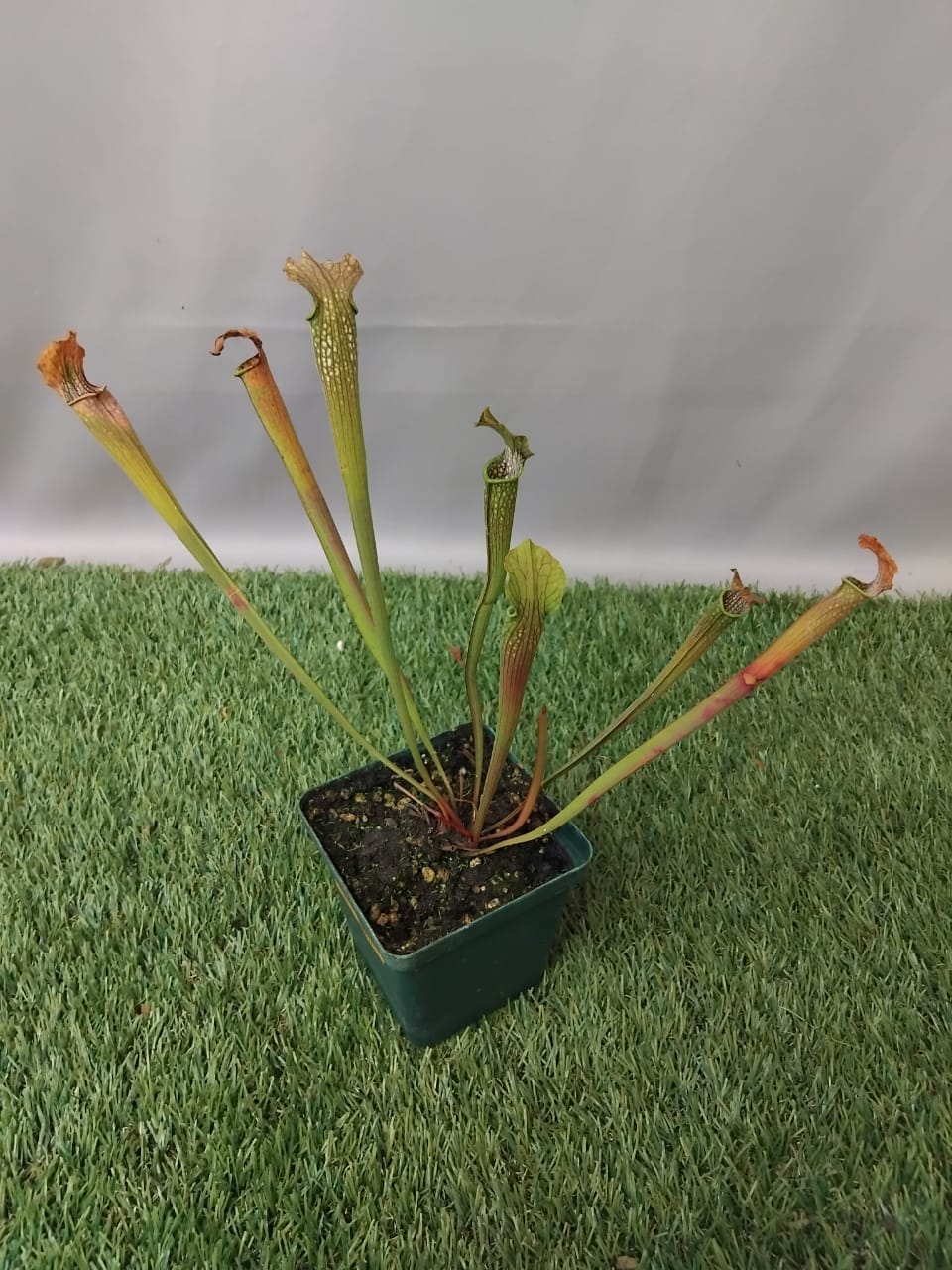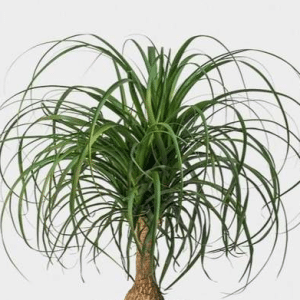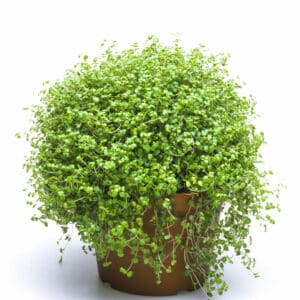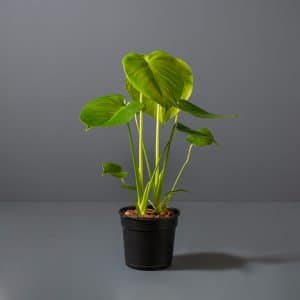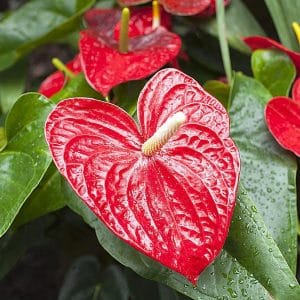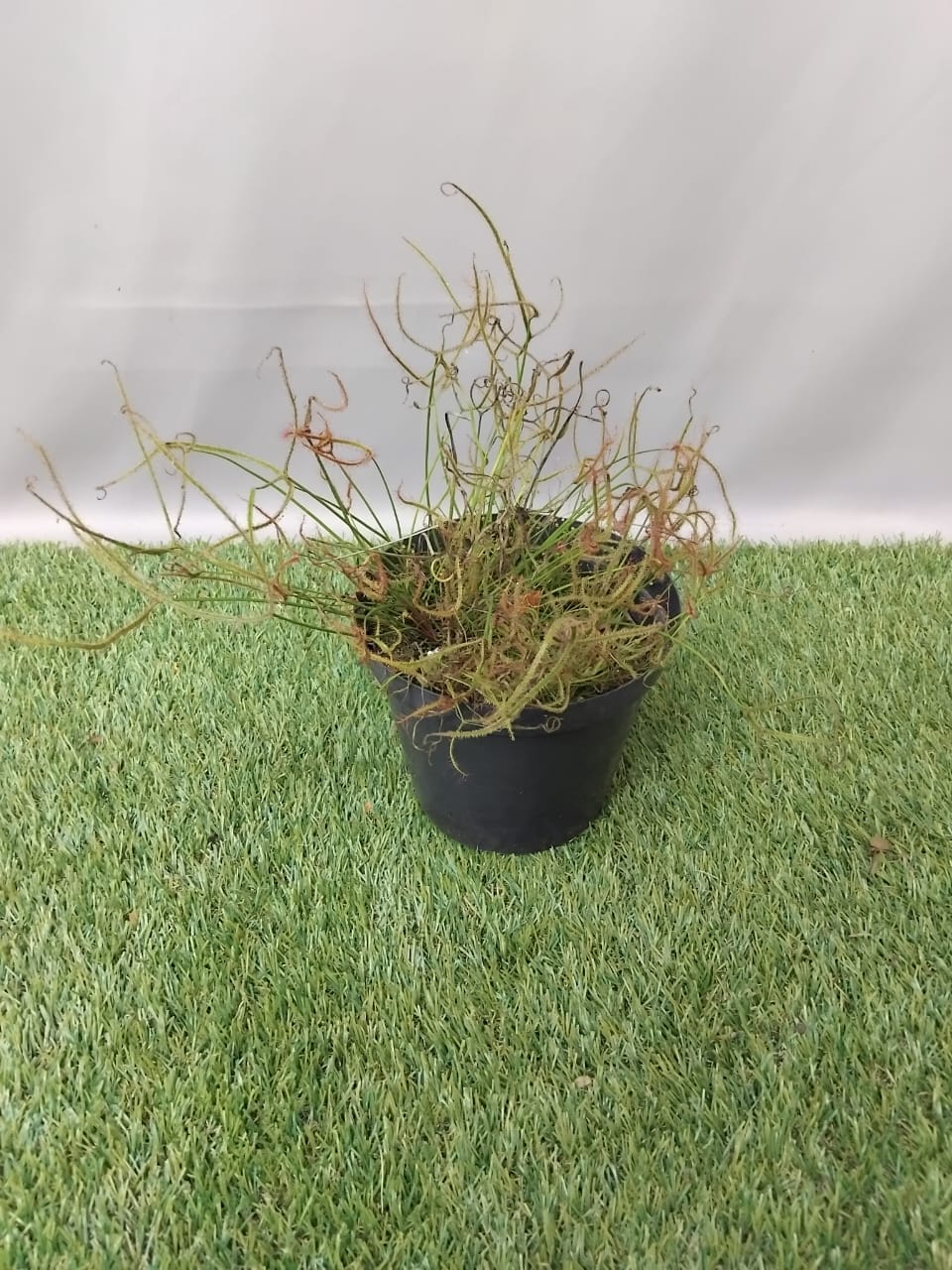
DROSERA BINATA 15CM
R229.99
Introducing the Drosera Binata, commonly known as the Forked Sundew or Fork-leaved Sundew. This captivating carnivorous plant is a must-have for any plant enthusiast or collector. With its unique forked leaf structure and vibrant appearance, it adds a touch of intrigue to your indoor or outdoor garden.
Out of stock
Description
Size and Growth Habit
The Drosera Binata stands at approximately 15 cm tall, making it an ideal size for terrariums, bog gardens, or as a striking centrepiece in your home. This perennial plant exhibits a robust growth habit, forming dense clusters of forked leaves that can reach impressive heights over time. The leaves are adorned with glistening, sticky tentacles that attract and trap unsuspecting insects, showcasing the plant’s fascinating carnivorous nature.
Native Habitat
Originating from the wet bogs of southeastern Australia and New Zealand, the Drosera Binata thrives in sunny, open conditions with moist, peaty soils. It is well-suited for USDA hardiness zones 7-9 (6-10), making it adaptable to various climates. This species goes through a dormancy period during cooler months, where it may die back to its roots but will re-emerge vigorously in spring.
Care Instructions
To ensure optimal growth and health of your Drosera Binata, follow these care guidelines:
- Light: Provide full sun to partial shade; ideally, it should receive at least 6 hours of direct sunlight daily.
- Water: Keep the soil consistently moist by placing the pot in a saucer filled with distilled water or rainwater. Avoid using tap water as it may contain minerals harmful to the plant.
- Soil: Use a nutrient-poor mix such as a combination of peat moss and sand (1:1 ratio) to mimic its natural habitat.
- Humidity: Maintain high humidity levels (at least 40%) for best results.
Propagation
The Drosera Binata can be easily propagated through leaf cuttings or root divisions. It is important to note that most forms are self-incompatible; therefore, having multiple plants can enhance pollination success if you wish to grow them from seeds.
Out of stock
Want to be notified when this product is back in stock?
